Unveiling the Stories Behind the 10 Most Famous Pearls

Throughout the ages, humanity has been captivated by one of the ocean’s most enchanting gifts: pearls.
As an expert in precious stones and gems, I am deeply passionate about these luminous beauties—their unique creation stories, their journeys—and I’m here to share with you the tales behind 10 of history’s most famous pearls.
Each pearl is more than just a pretty bauble; each one has its own story that intersects with human history—a story of power and wealth…or mystery…of nature itself. We’re talking big stuff here!
From the enigmatic Pearl of Lao Tzu—that no one really knows a whole lot about—to La Peregrina Pearl, which graced not only royals’ but also Hollywood stars’ necks—these are not your average accessories.
These top-tier treasures have amazing stories that go hand-in-hand with their iridescent glow—we’re going to learn how they were discovered, who owned them, and what crazy things happened around them.
So come along as we reveal the jaw-dropping sagas behind these ten illustrious pearls: Each is living proof there’s nothing like nature when it comes to knocking our socks off!
La Peregrina Pearl
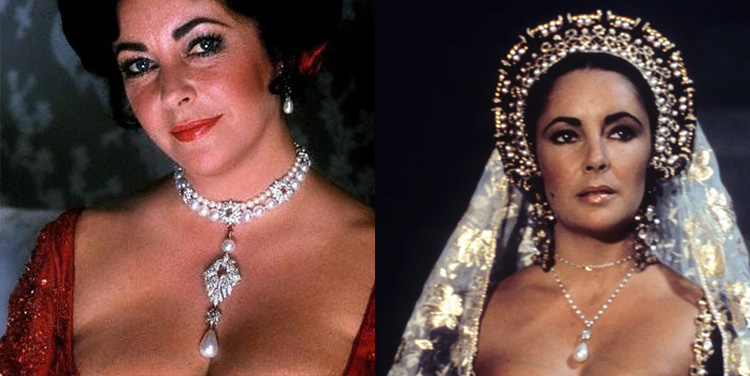
Boasting a history of over 500 years, the La Peregrina Pearl or “The Pilgrim” and “The Wanderer,” as its name means, has been called one of the most fabulous pearls ever discovered.
It was found in the 16th century in the Gulf of Panama, and it quickly became a treasured possession of Spanish royalty.
King Philip II of Spain gave this pearl to Queen Mary I of England as a wedding present.
La Peregrina then passed into the hands of various European monarchs — among them were the Bonapartes of France and Spain’s Habsburgs — before becoming part of Elizabeth Taylor’s collection in 1969.
Richard Burton bought it for his wife at auction; he paid $37,000 for an exquisite pearl that had surfaced again after being lost for centuries.
Europe’s kings and queens always loved jewelry with stories behind it – even when those stories weren’t true (which happened more often than not).
It was just beautifully incorporated into a pearl necklace!
So naturally, they adored pearls like La Peregrina, whose saga is laid out over so many royal lives.
But there are historical gems with deeper roots; some have been around almost since civilization began.
The Hope Pearl

Among the famous gems collected by Henry Philip Hope, The Hope Pearl is one of the largest and most celebrated saltwater pearls.
Though its exact origin is unknown, it is believed to have come from the waters near Bahrain in the Persian Gulf, a region that has long produced magnificent pearls.
What makes The Hope Pearl unusual?
Not only does it measure about two inches (5cm) long – a very large size for a pearl – but its colors also range from greenish-gold at one end to almost white at the other.
This drop-shaped pearl weighs around 450 carats or 90g.
After coming into his possession in the early 19th century, when he bought it to add to his gem collection, Henry Philip Hope made this gem part of his reputation as much as buying diamonds like the fancy deep-greyish blue diamond The Hope Diamond.
Its extraordinary dimensions and notably quirky beauty continue to make The Hope Pearl an object of fascination and awe among not just pearl enthusiasts but gems fans more generally.
Today, it is on display in London’s Natural History Museum near their similarly iridescent rock crystal quartzes.
Many visitors will recall seeing enormous transparent “ice” spheres while going around there as children – it remains an exotic showstopper for people intrigued by odd natural phenomena.
The Pearl of Lao Tzu
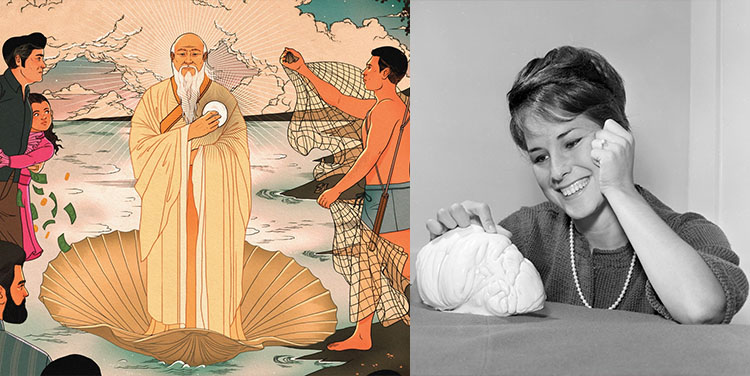
The Pearl of Lao Tzu, or the Pearl of Allah, is celebrated not only as the largest pearl ever found but also for its spellbinding history.
Discovered in 1934 off Palawan Island in the Philippines, it weighs a staggering 6.4 kilograms (14 pounds) and measures 24cm (9.5in) across.
Unlike other pearls, which form inside an oyster’s shell, this one grew within a giant clam.
It has been named after both Lao Tzu – founder of Taoism – and Allah because some people think that it looks like a turbaned human face – possibly that of the prophet Muhammad.
The pearl was originally discovered by a Filipino diver who lost his life during the dive; it subsequently passed through various owners before being brought to America by Wilburn Cobb from Dallas.
Together with its size and unique formation process, this object’s mythical status makes it legendary beyond compare.
The Big Pink Pearl

Among the world’s famous pearls, the Big Pink Pearl is a standout.
There are several reasons why: its rare color, its impressive size, and how it was found.
Discovered in 1990 off the coast of California by Wesley Rankin while diving for abalone, this pearl is one of the largest abalone pearls ever found – weighing around 470 carats.
This particular hue made all the difference.
“Traditional” pearls are white or cream because they come from oysters; pink ones do not – unless another organism was involved.
The baroque shape also set it apart from more traditional pearls. But what really mattered was how it had been formed.
Abalones very rarely produce such gems; when they do, they tend to be tiny and oddly shaped.
The Huerfana (Orphan) Pearl
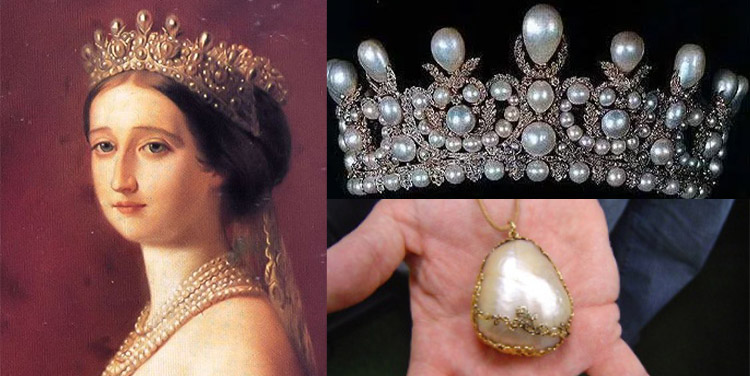
The Huerfana Pearl, known as “The Orphan Pearl,” has a history that weaves through the Spanish monarchy.
It was part of the Spanish Crown Jewels – precious gems used in crowns for coronations and other symbolic ceremonies – and is remarkable for its size and beauty.
Its story started in the 16th century when it was found in the Gulf of Panama, where another famous pearl called La Peregrina (the Pilgrim) came from.
Like La Peregrina, it got its name because a matching pearl could not be found – making it an “orphan.”
The Huerfana appeared on royal crowns and jewels during Spain’s period as a global power.
After centuries passed between different owners, it eventually vanished from public view, with lots of speculation about where it might be today.
Its journey exemplifies why these undersea gems have fascinated humans across the ages – they are rare survivors from distant worlds.
The Gogibus Pearl
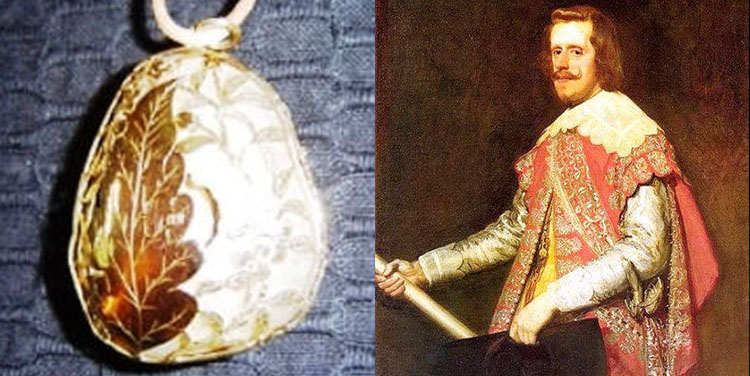
The Gogibus Pearl is a famous pearl with a long and storied past.
Named after the wealthy merchant who owned it in the 17th century, this gem was one of the largest pearls of its time, weighing an impressive 126 carats.
Europe first heard about this pearl when Jacob Gogibus displayed his find in Spain in 1620.
The story goes that King Philip IV saw the pearl and went absolutely wild over its size and beauty.
He then had his portrait made wearing said enormous trinket, cementing both as legendary.
This kind of attention wasn’t unusual for a pearl of exceptional size or shape at that time, with their near-spherical shape and lustrous sheen making them hugely popular among Europe’s elite.
As such, these gems were never ‘just’ something to wear; they also conferred immense prestige on their owner – something not lost on enterprising merchants such as Gogibus himself.
The Jomon Pearl

The Jomon Pearl, found in Japan, is the world’s oldest known pearl and holds a special place in history.
Dating back to the Jomon period between 10,000 BC and 300 BC, it was excavated at a prehistoric archaeological site in what is now Greater Tokyo’s Urawa-ku, Saitama.
The find was important because it provided proof of pearling and jewelry-making in Japan many thousands of years ago.
Unlike modern pearls’ sheen, the Jomon Pearl – whose own luster had been lost during its thousands of years underground – does not gleam.
At about five millimeters wide, this ancient pearl is a testament to the fact that pearling began so extraordinarily early in Japan – which would later become synonymous with cultured pearls.
It also provides an insight into how long humans have been using pearls as decorative items.
The Abernethy Pearl
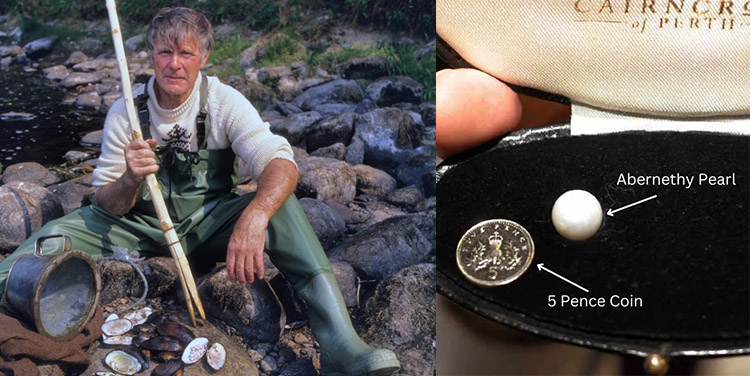
Discovered in 1967 by pearl fisherman Bill Abernethy, the Abernethy Pearl (also known as “Little Willie”) is a celebrated freshwater pearl found in Scotland’s River Tay.
It is renowned for being almost perfectly round, its smoothness and luster – qualities that are extremely unusual for natural freshwater pearls – and its size.
At around 11mm across, it is often described as one of the best examples of a freshwater pearl anywhere.
The find helped to draw attention to Scottish river pearls generally and the Tay specifically as sources of top-quality wild pearls.
It also became something of a symbol for such finds more generally, showing what could be lurking undiscovered in other country waterways.
A modern-day treasure story worthy of Robert Louis Stevenson.
The Arco Valley Pearl
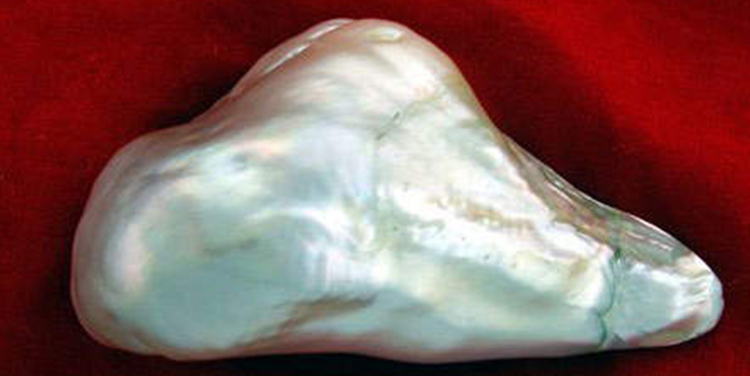
The Arco Valley Pearl, a grand and legendary baroque pearl, is said to have been owned by the Mongolian emperor Kublai Khan in the 13th century.
The huge pearl weighs about 575 carats (about 115 grams) and measures roughly three inches long.
It has an elongated figure-eight shape known as “baroque” and is creamy white.
According to legend, it derived its name from the European noble family that was supposed to have owned it for generations.
Later, reports claimed that it had belonged to a European collector of natural pearls.
Together with these physical attributes, the somewhat mysterious history involving figures such as Marco Polo and Kublai Khan contributes both allure and prestige to this fascinating relic from history – blending storybook legend with nature’s timeless beauty.
The Imperial Hong Kong Pearl

Known for its remarkable perfection in both luster and shape, an attribute that is exceedingly rare among natural pearls, the Imperial Hong Kong Pearl was “born” in waters near Hong Kong—an exemplary South Sea pearl.
Smoothness and roundness are highlights of the Imperial Hong Kong Pearl’s outward appearance—characteristics uncommon among natural pearls—while deep sheen adds to its appeal.
Worldwide attention has greeted this pearl since it was found.
To many people who study jewelry closely, truly perfect natural pearls are a standard against which other examples can be judged; by their yardstick, few, if any, such treasures have been unearthed over time.
A symbol of luxury and flawlessness currently worth millions of dollars, the Imperial Hong Kong Pearl prompts daydreams about everything from moonlit walks on beaches to royals dripping with gems.
And as one gem dealer says: “If you saw this pearl at auction today... you’d be slack-jawed.”
Bottom Line
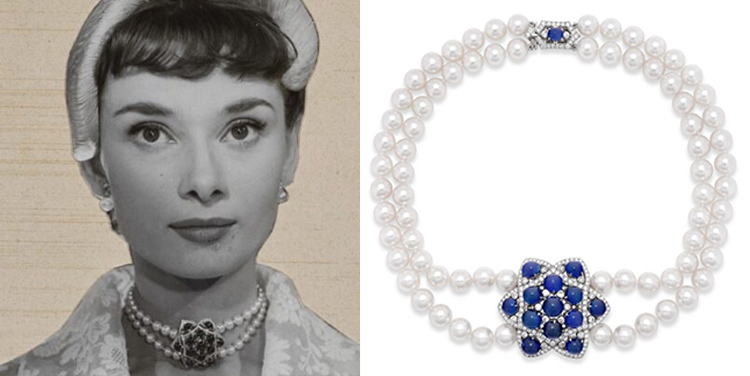
As we explore the rich histories of some of the world’s most famous pearls, we come face to face with stories of timeless allure and captivating beauty.
From ancient craftsmanship to royal intrigue, these tales offer a fascinating insight into nature’s most lustrous organic gem.
Whether emerging from the depths of an ocean or adorning a monarch’s crown, each pearl has stood as a vital witness to history – offering us its luster amid the changing tides.
Their stories are like their iridescence: captivating testaments to pearls’ enduring luxury and fascination throughout human culture.


Leave a Comment